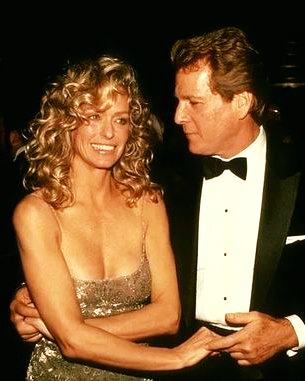Farrah Fawcett is one of the most recognisable faces of the 1970s, representing beauty, elegance, and strength. While her brilliant smile and feathery golden hair became her signature, Farrah’s life was far more complicated than any glossy advertisement could possibly show. Her meteoric ascent to stardom, difficult relationships, and sad end present a picture of a woman who was both adored by millions and relentlessly chased by the pressures of fame.
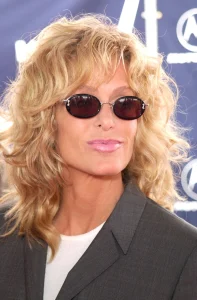
Farrah Leni Fawcett was the second daughter of Pauline, a homemaker, and Jim, an oil field contractor. She was born on February 2, 1947, in Corpus Christi, Texas. Her name, originally spelt “Ferrah,” is of Arabic origin and translates to “joy.” Even at a young age, her beauty gained widespread attention. Her mother described how passersby would stop and adore her daughter, calling her “an angel.”
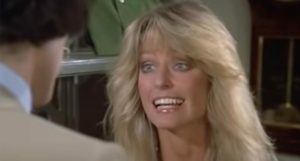
Though she was flattered, Farrah acknowledged that her beauty made her feel self-conscious and made her wish she could go unnoticed. Despite her inner distress, her appearance had an undeniable impact on the course of her life.
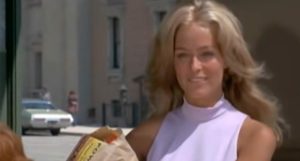
After being named “Most Beautiful” in her high school and again at the University of Texas, Farrah’s portrait drew the attention of Hollywood publicist David Mirisch. He was so taken by her appearance that he sought out to persuade her to come to Los Angeles. Although hesitant at first, Farrah eventually consented to try modelling.
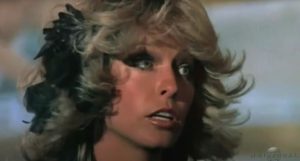
That act of confidence signalled the start of a meteoric rise. By the mid-1960s, she had appeared in advertisements for prominent brands like as Max Factor and Mercury Cougar, followed by minor television parts. Her biggest break, however, came in 1976, when she was hired as Jill Munroe in Charlie’s Angels.
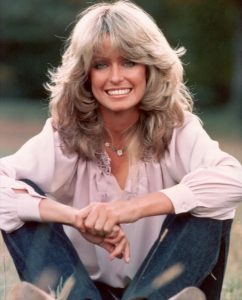
Her image, particularly her characteristic feathery haircut, became a national fixation. Producer Aaron Spelling stated that her hair “helped make the show.” The now-legendary red swimsuit image she posed for that same year sold over 12 million copies, cementing her place as a cultural icon.
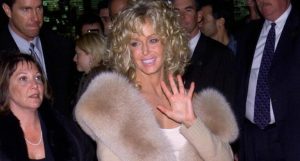
However, stardom came at a cost.
Behind the glitter, Farrah felt creatively inhibited. She left Charlie’s Angels after only one season, blaming weak writing and long hours. Her departure prompted a $7 million lawsuit for breach of contract, which was finally settled with her agreeing to return for a few episodes. Despite appearing in only 29 of the show’s 115 episodes, she remained its biggest star.
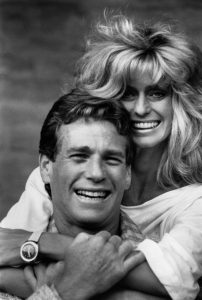
Her acting style became more serious in the 1980s. Her portrayal in The Burning Bed gained her critical praise and an Emmy nomination, which was followed by additional recognition for Small Sacrifices and The Guardian. Despite being typecast early in her career, Farrah demonstrated she was more than just a lovely face.
Her personal life, however, remained a roller coaster. After a high-profile marriage to Lee Majors, star of The Six Million Dollar Man, from 1973 to 1982, Farrah’s most long and complex relationship was with actor Ryan O’Neal. They started dating in 1979 and had their son, Redmond, in 1985.

Their love was passionate yet conflicted. They split up in 1998 after Farrah realised Ryan had been unfaithful, but reconnected in 2001 after he was afflicted with leukaemia. Farrah was diagnosed with cancer barely five years later, a strange coincidence. Their positions were reversed: Ryan became her carer, supporting her through the most difficult battle of her life.
“She had famous hair. I have it at home. “She didn’t care,” Ryan once stated. “I massaged her head. This amazing, tiny little head is extremely entertaining. I’ll never understand how she carried that much hair.

Farrah died on June 25, 2009, at the age of 62, following a heroic battle with anal cancer. In his memoir, Both of Us: My Life With Farrah, Ryan describes holding her in his arms as she breathed her last. They had planned to marry during her final moments, but the priest did not arrive on time.
“After the priest goes, I lie down next to her and wrap my body around her to keep her warm,” he said. “I can still feel her pulse, but it is fluttering. She’s attempting to let go. Her heartbeat decreases and eventually stops. On June 25, Farrah goes to eternal sleep.”
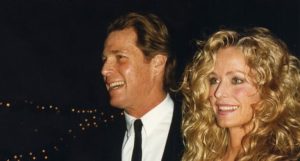
Despite their ups and downs, Ryan never stopped loving her. “If I could do it over, I’d be much kinder,” he told me. “But ultimately, there was never a day I didn’t love her.”
Farrah Fawcett’s impact lives on—not only as a pop cultural phenomenon, but also as a woman who dared to live life on her own terms. From her pioneering roles to her brave battle with sickness, she has become a symbol of grace, fortitude, and eternal beauty.
We may remember her as Jill Munroe or the girl in the red swimsuit, but those who knew her best, such as Ryan O’Neal, recall a vivacious soul full of warmth, charm, and a hint of Texas fire. Farrah Fawcett was and always will be unforgettable.
